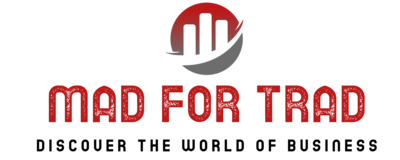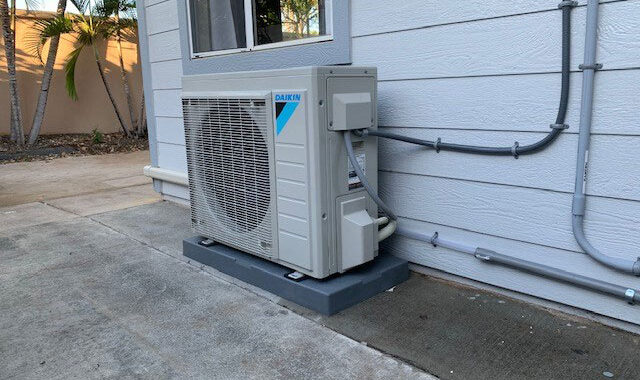
Management accounting is aimed at providing stakeholders with the information necessary to make effective strategic decisions. It is necessary to define in advance the circle of users of management reporting and their information needs. These may include the CEO (CEO), CFO (CFO), heads of structural units, managers, etc.
Management accounting in the company
Management accounting can include different contours:
- Formation of management accounts
- Budgeting
- Treasury
- International accounting
The management reporting and budgeting framework :
- Income statement (P&L);
- Cash flow statement (Cash flow statement);
- management balance sheet.
The income statement will help identify those projects (segments of the business) that generate zero or negative profitability. P&L helps to focus on those areas of business that generate real profit. The report is prepared on an accrual basis, i.e. liabilities that have not yet been paid may be taken into account.
With the help of the Cash Flow Report, it is possible to find out to what extent a company is ready to generate cash flow to support its current operations, as well as to develop the company and cover its loans. Often, for financial management purposes, a weekly cash flow forecast – a payment calendar – is used.
Management Balance Sheet is a report that summarizes the results of the previous two reports into one. The document helps to control the correctness of accounting, profit use, accounts receivable and payable.
Despite the fact that the composition of management reporting is similar to accounting, management accounting may have nothing in common with accounting, or be similar to the one regulated only in some part.
In general, the management accounts differ from the accounting ones:
- more detail;
- other accounting methods;
- application of special accounts;
- High regularity of preparation.
Management accounting programmes
Automation of management reporting is already possible in small and medium-sized businesses, if it is necessary to improve the efficiency of decision-making and implementation of management decisions.
Management accounting in a company can be collected and maintained in Excel, or it is possible to use more specialized automation tools to combine different sources of information in one system. Nowadays, as the company grows, it can go from simple Excel spreadsheets to complex ERP-systems.
Introduction of the administrative account allows to solve effectively variety of important problems:
- to plan economic activity of the enterprise by means of budgeting;
- Control costs on the basis of information collected and provided promptly;
- optimize costs;
- Control, on the basis of reports, deviations of actual indicators from the planned ones.
Automation of the company’s management activities should be supported by software that corresponds to the tasks set in the company. At the same time, it should not limit technical capabilities and lead to accounting problems.
At the moment it is possible to define the following basic means of management accounting automation:
- Excel
- Cloud services (mainly for managing DDS)
- Various specialized configurations based on 1C
- ERP-systems for complex automation of large enterprises
In this case, any program will have both suitable functionality and missing automation blocks, because developers will never be able to take into account all the possible features of business from different areas.
To choose the most optimal software product in the organization it is necessary to compare the system capabilities and the needs of the company’s management accounting.
Management accounting, planning and reporting in Excel (Google sheet, Numbers…)
Excel is one of the most popular programs for management accounting of small businesses. The use of expensive programs of managerial financial accounting is not always justified in small companies.
Excel has sufficient functionality to generate basic reports:
- Income and expense statement (OER, P&L, Profit and Loss, company’s financial performance report)
- Cash flow statement (DDS, CF, Cashflow)
- Balance sheet
Excel has undeniable advantages:
- Availability
- Specialized financial functions
- Visibility and relative ease for small companies
- Possibility to develop the system with the help of macros
Minuses:
- Excel spreadsheets for management accounting increase with the development of business and require a lot of time to maintain the correctness of accounting.
- Minimal opportunities for integration with other systems.
- Increase in complexity of tables, impossibility to solve tasks of the administrative account only by simple formulas, without use of programming.
- Low fault tolerance.

The larger the business, the harder it is to keep up with the relevance of accounting in the huge linked tables, given the developed macros. Without special education and programming skills, it is likely to make a mistake in reporting. And this can lead to wrong management decisions.
Specialized solutions for management accounting based on 1C
There is a large number of programs on the market, built on the platform “1C: Enterprise”, which solve the problems of automation of management accounting functions and the financial block as a whole.
Automation of budgeting and management accounting:
- In order to ensure the efficient operation of the Treasury and the formation of the OBDS, the “Cash Management” module (abbreviated as “CRM”) can be used;
- The “Budgeting” module is used to form the budget of revenues and expenditures and the forecast balance sheet;
- The Management Accounting / IFRS module can be used to maintain management accounting in accordance with corporate standards and IFRS.
This product supports synchronization with accounting software and allows you to receive the actual data in real time.
Specialized management accounting tools are designed for large and medium-sized businesses to provide information on all aspects of management accounting, both financial and qualitative.
Automating accounting and budgeting processes can be implemented:
- If you need to implement a complete budgeting system, you can use the module “WA: Financier. Budgeting”.
- If your company only has the task of managing cash on the basis of the OBDS, you can use the module “WA: Financier. Cash management”.
- For operational management accounting, the module “WA: Financier. Management accounting/IFRS”.
ERP-system for complex automation of the enterprise
The business development, growth of companies, complication of business processes leads to the necessity to use ERP-class systems for automation of companies.
Usually ERP-systems include several modules covering all areas of the organization functioning:
- Operational and operational accounting management
- Accounting and tax accounting
- Human resources management and payroll
- Financial accounting (budgeting, treasury)
- International accounting (IFRS, GAAP, etc.)
- Asset management
The majority of modern ERP-systems are universal enough – they have wide possibilities for realization of a huge quantity of processes. But thus at system introduction only a part of these possibilities is used. Other modules can be necessary in the future in process of growth and development of the company.
Introduction of ERP-systems allows to unite various business processes in one powerful and convenient system.
The main advantages of such a solution are: AP, etc.)
Asset management
- Availability of data. Once entered, the data become available within the whole system.
- Data consistency. The use of a common database avoids the reconciliation and reconciliation stages.
- Control of employees’ work. The common database allows to reveal any discrepancies between the company departments and their reasons, which allows to avoid many abuses.
- Significant reduction in the number of errors associated with the human factor. The data between divisions of the company are transferred automatically within the limits of uniform system.
- Debugged processes of interaction of various blocks of the system. Documents can be formed in different units and influence the performance of other units of the system.
To lacks of introduction of ERP-system it is possible to carry first of all its high cost which can be caused only when the company “has ripened” for introduction of such product. Thus cost of introduction of system can exceed cost of “box” in some times.
Secondly, due to the fact that the majority of the company’s employees work in the system, there is a problem of ensuring data security. It is necessary to set up access of different departments to different modules of the system. Emerging problems require additional time for testing and debugging.
All of this eliminates the possibility of any third-party interference with the client companies’ information systems, as well as the risk of data loss.


 The Psychology of Branding
The Psychology of Branding  Nosboss Cream Chargers for Melbourne Customers
Nosboss Cream Chargers for Melbourne Customers  How to Use Your Air Conditioner
How to Use Your Air Conditioner  Yemeni Language in Preserving Cultural Heritage
Yemeni Language in Preserving Cultural Heritage